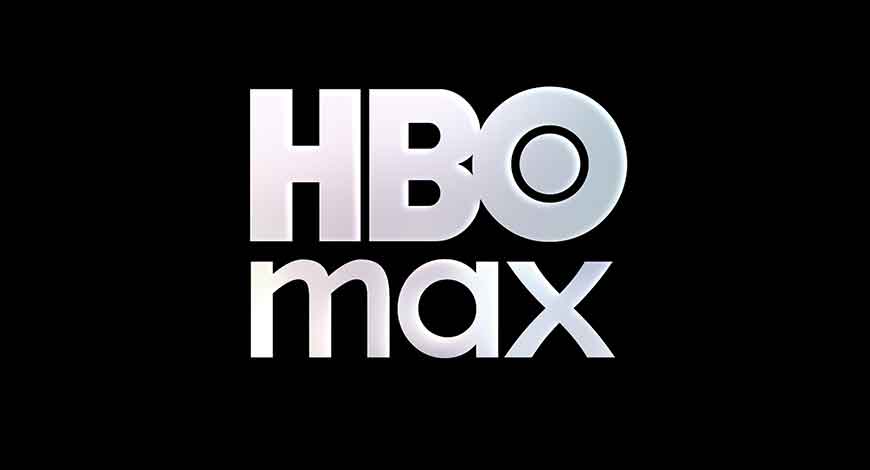As per IDC’s Worldwide Semiannual Telecom Services Tracker, spending on telecom and pay TV services in the Middle East and Africa (MEA) region reached $149 billion in 2024, increasing 7.7% year over year as compared to worldwide growth of 2.2%. IDC expects the growth momentum of telecom and pay TV services spending in the MEA region to continue, with year-over-year growth of 7.3% in 2025 to reach a total of $159.9 billion. However, the possible impact of ongoing geopolitical developments in the region had not been fully assessed at the time this data was published.
The MEA telecom market reported the fastest post-COVID growth in the year 2024, with a notable jump from the previous year. The growth can be attributed to ongoing investments by telecom operators to cater to the potential demand for data services in underpenetrated markets, particularly in Africa, through expanding the coverage of cellular and fiber networks. The growth can also be attributed to sustained demand for telecom services despite operators’ tariff increases to counter-balance the impact of inflation, which was particularly pronounced in countries such as Türkiye, Egypt, Nigeria, Sudan, and Zimbabwe.
In the voice segment, spending on fixed voice services declined in favour of mobile voice and data services due to the increasing popularity of over-the-top (OTT) calling and messaging apps. This trend is more prevalent in Africa where mobile phones often serve as the primary or sole screen-based device for accessing entertainment, banking, commerce, and information via the internet.
IDC’s latest forecast for the MEA telecom services market presents a less optimistic outlook compared to the forecast published in November 2024, projecting a 1.2 percentage point slower growth rate for 2025. This is partly attributed to weakening inflation in some countries as well as revised outlooks by some of the telecom operators that are tracked.
“Telecom operators’ priorities are gradually shifting as they are transforming to reinvent themselves as ‘techcos’ with a focus on launching innovative services and solutions, improving process efficiencies, enhancing customer experiences, and overcoming stifling competition,” says Krishna Chinta, IDC’s senior program manager for data and analytics in the Middle East and Africa.
Operators are transforming their IT architectures, virtualizing their networks, modernizing their apps, leveraging cloud-native delivery platforms, investing in edge compute infrastructure, and embedding AI to enhance operational and network efficiency and improve customer experiences. While most countries in the Gulf region and some countries in the wider MEA region have already implemented 5G infrastructure, the rest of the region is expected to start rolling out 5G in the next five years, along with the ongoing investments in fiber-optic networks and low Earth orbit (LEO) satellite services.
A significant factor that could influence the market’s performance is the sensitive geopolitical landscape and its potential impact on trade and oil prices within the MEA region. The trade tariffs announced by the new U.S. administration is another factor to watch out for. According to Mark Walker, IDC’s vice president of worldwide telecoms data and analytics: “Tariffs on telecommunications equipment might lead to increased costs for telecom operators, potentially delaying 5G rollouts and AI projects, while in the longer term, potential downsides may include further economic deterioration and reduced purchasing power due to a new wave of inflation.”
Although the direct impact on the telecom services market is expected to be minimal, there may be an indirect impact arising from the effects on the overall business environment and employment market conditions in the region. IDC









